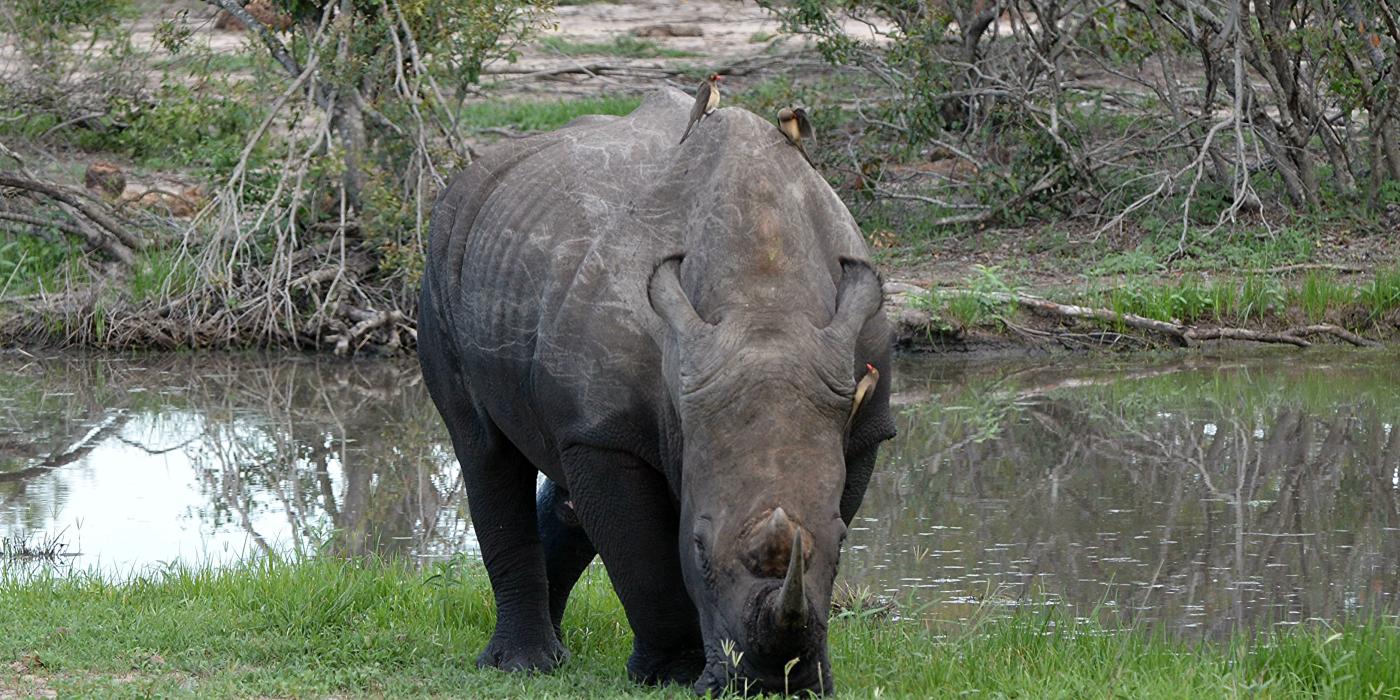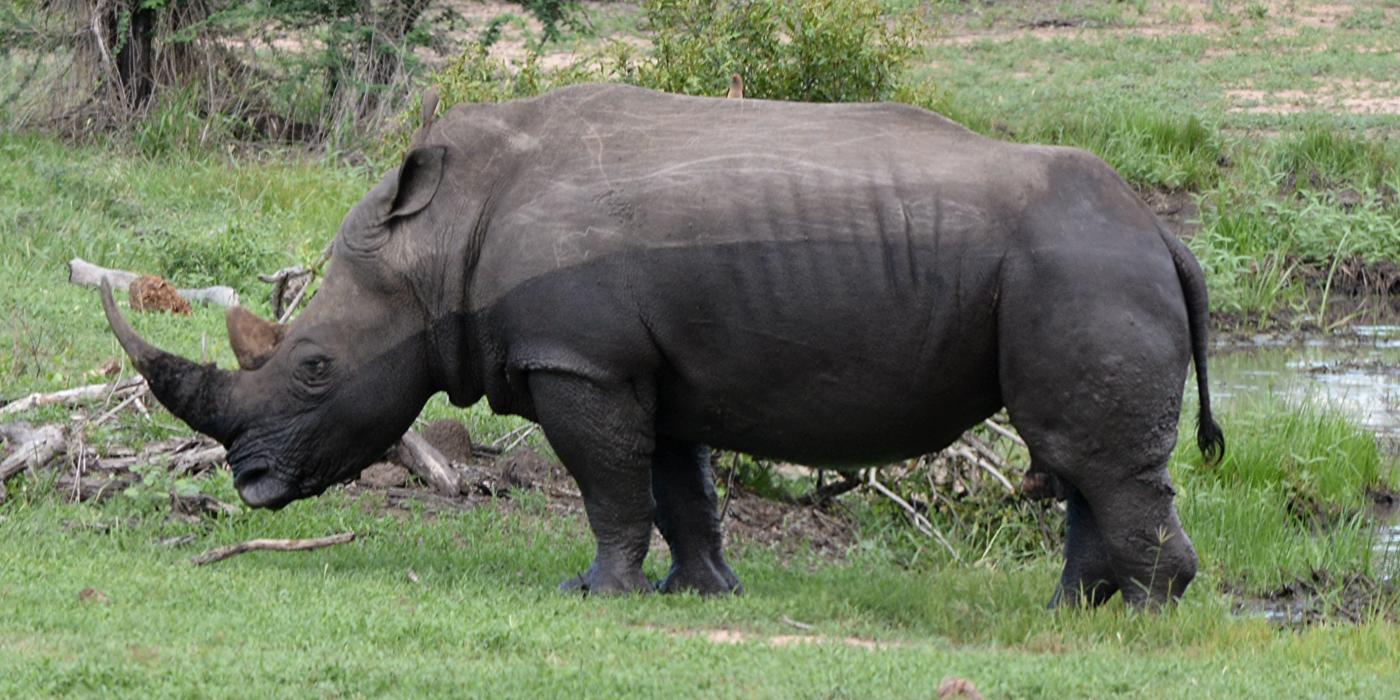Saving Rhinos Using DNA
The future of rhinos could depend on their DNA. Scientists In collaboration with researchers in the United States, South Africa and Russia, Smithsonian Conservation Biology Institute scientist Klaus-Peter Koepfli has helped to pioneer new technology to save some of the most poached animals on our planet: rhinoceros. In a research paper published in Current Biology magazine in January 2018, co-authored by Koepfli, scientists found a way to bridge the gap between genetic data and legal prosecutions.
They have created a vast database containing thousands of samples of DNA from black rhinos and white rhinos. This database, called the Rhino DNA Index System (RhODIS®), includes more than 20,000 samples from horns, carcasses and blood. RhODIS® is run by Dr. Cindy Harper, Director of the Veterinary Genetics Laboratory at the University of Pretoria in South Africa. Koepfli’s primary role in this research was genetic analysis of the collected DNA samples. He examined the DNA and genetic diversity of these rhino species, their subspecies and populations. As rhino populations continue to decrease, so does the remaining genetic diversity of the species.
Data from RhODIS® is used to help prosecute poachers. When illegally poached animal parts are seized, DNA analysis can direct scientists to a single animal or poaching event. Even small amounts of animal material that poachers attempt to sell or smuggle can be tested and associated with a specific rhino. The RhODIS® database was modeled after similar practices in human forensics and in elephant ivory DNA databases. Since 2010, more than 5,800 rhinoceros crime cases have been submitted to the RhODIS® database.
“This database creates a clear chain of evidence that can link a poacher to a specific animal and to items being sold illegally on the black market,” says Koepfli. “This evidence can then be used to prosecute these poachers.”
Using the RhODIS® DNA matching technology, nine poachers have already been prosecuted and convicted.
“We are optimistic that there will be many more prosecutions to come,” says Koepfli. “This paper demonstrates how this technology can be used successfully.”
In 2007, just 13 rhinos were poached in South Africa. Five years later, this number was 668 rhinos. There is an estimated 20,000 white rhinos and 5,000 black rhinos remaining in the wild. Over 1,000 rhinos have been poached each year since 2013. The number of poached rhinos is still incredibly high, as is the need for technology like RhODIS®. Black rhinoceros are categorized as critically endangered by the International Union for Conservation of Nature (IUCN) and white rhinoceros are categorized as “Near Threatened.” Both have faced steep population declines due to poaching as a result of a demand for rhino horn, which can be illegally sold for prices as high as $100,000 per kilo. The demand for rhino horn, which is used in traditional medicine in some Asian countries (it does not have any medicinal properties), is so high that black rhino populations have decreased 97.6 percent since 1960.
“We are hopeful that this technology continues to help vulnerable rhino populations and that it can be applied to other highly-trafficked animals,” says Koepfli.

